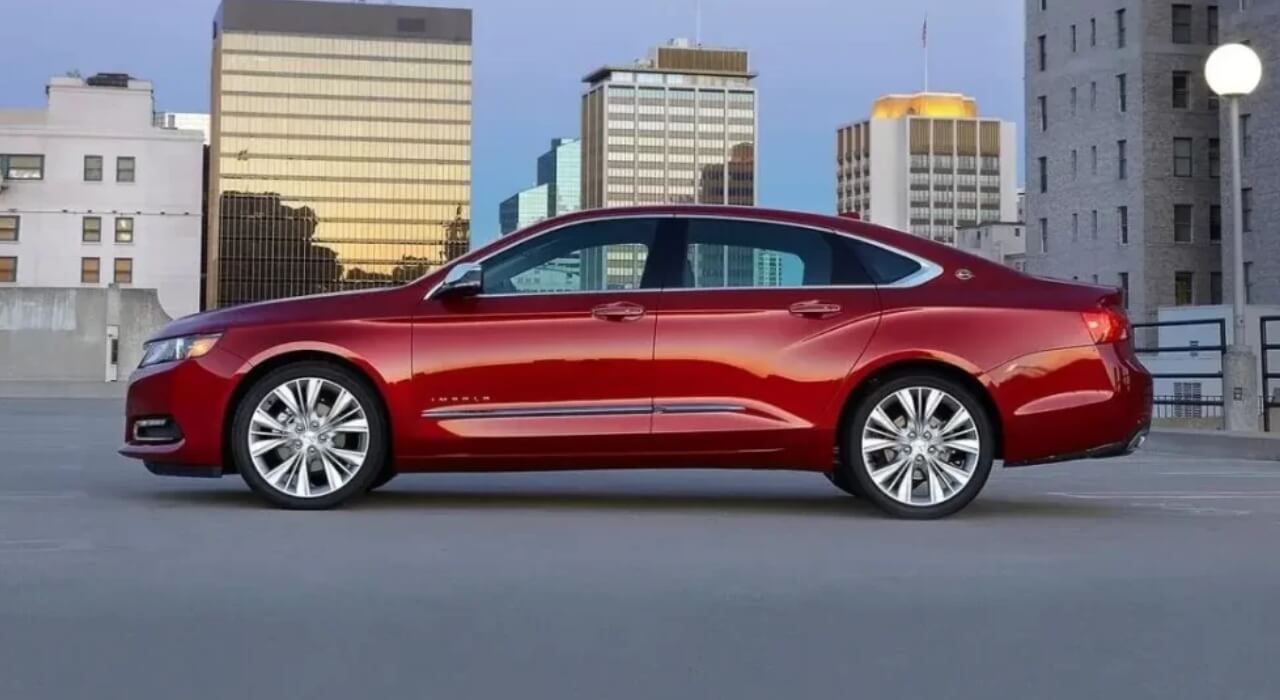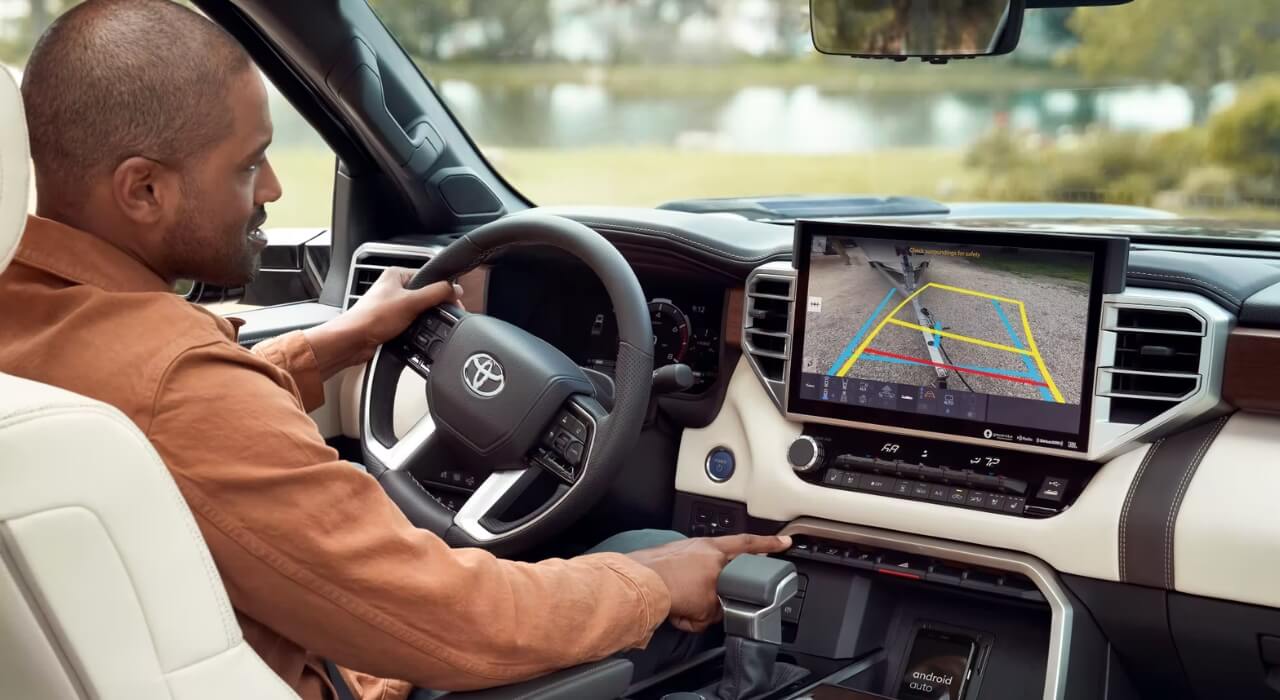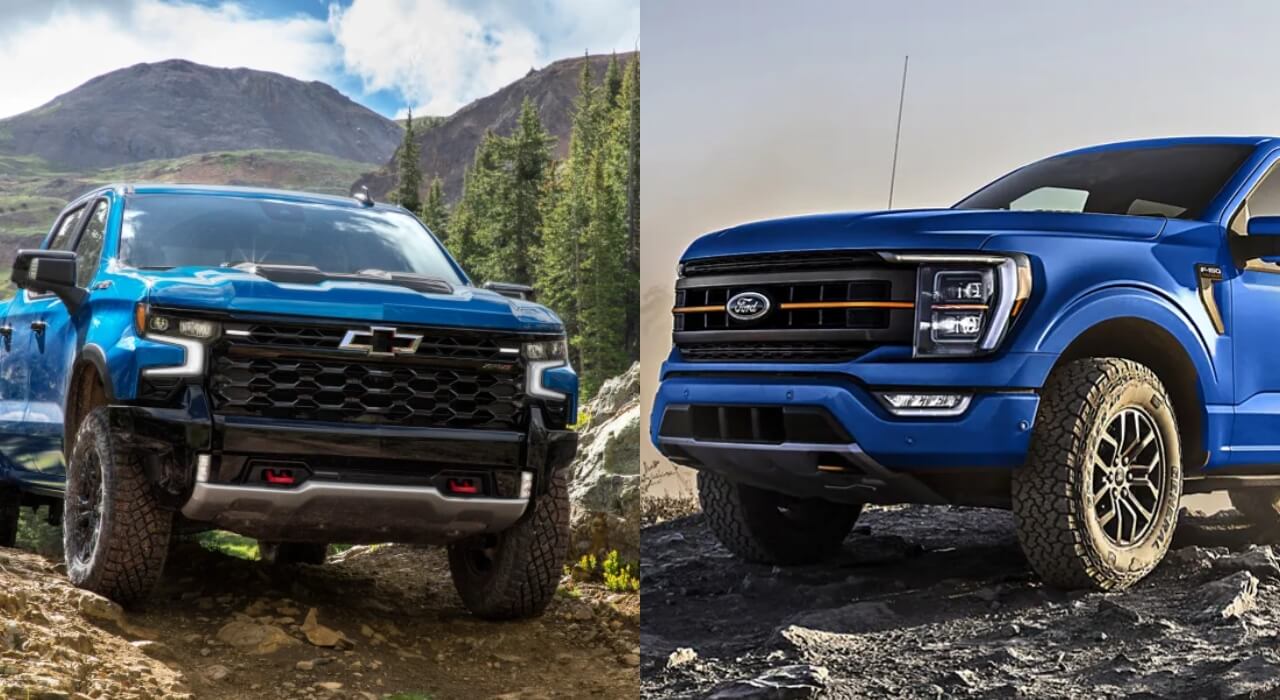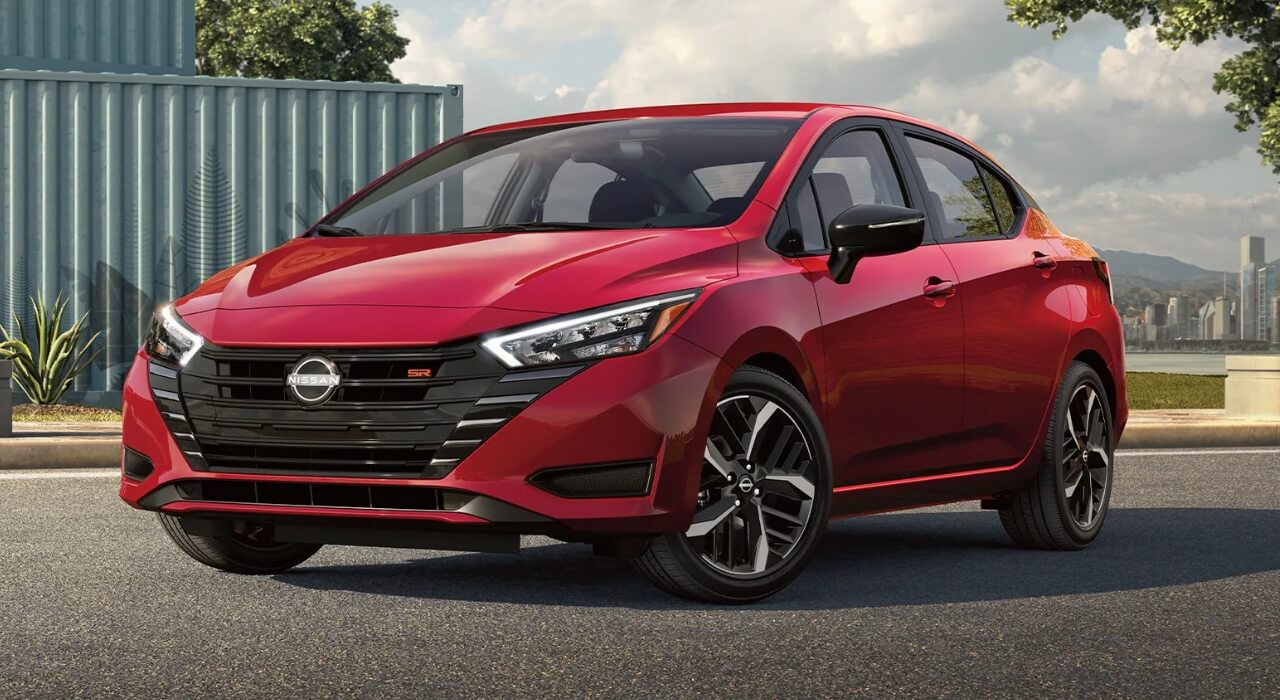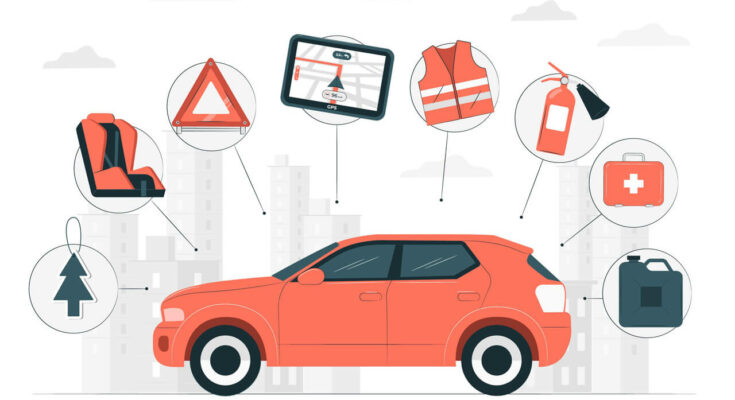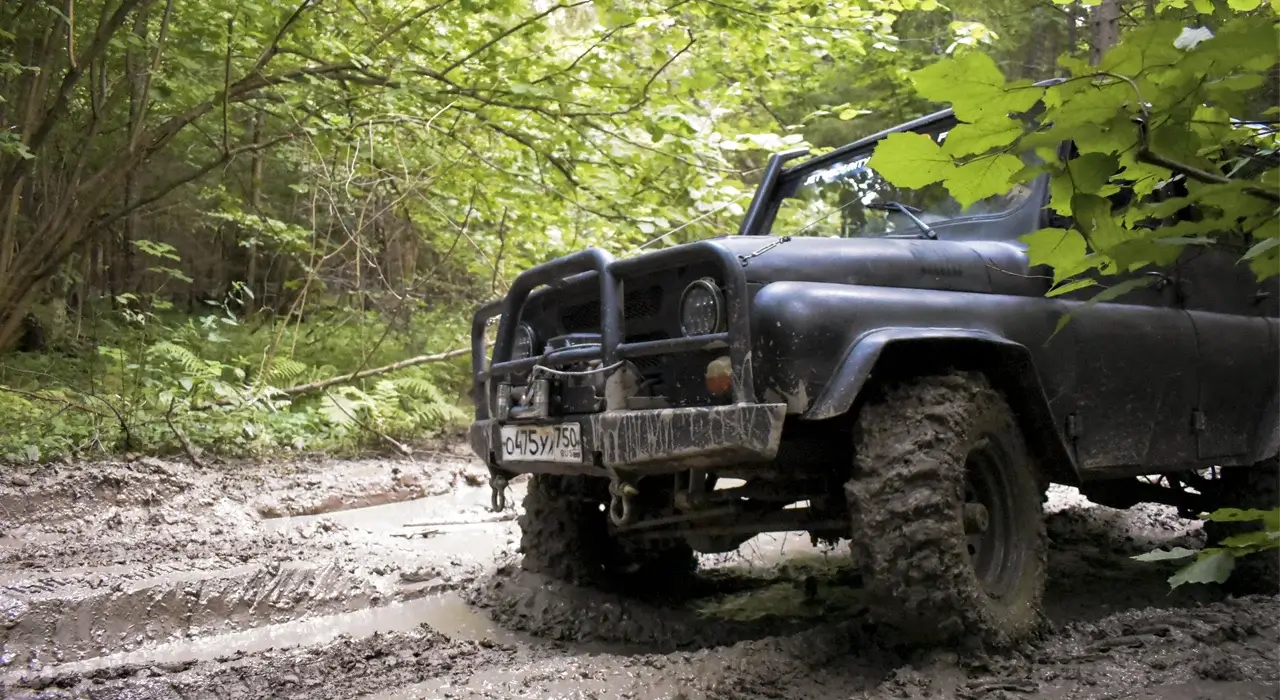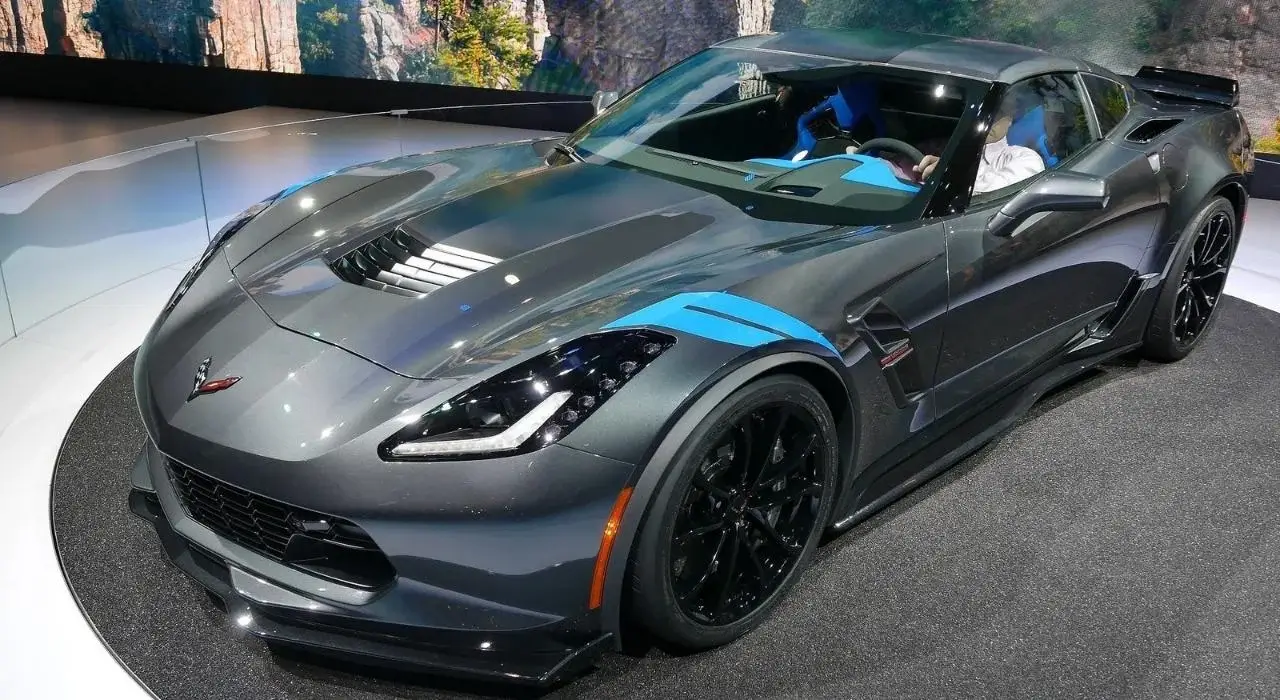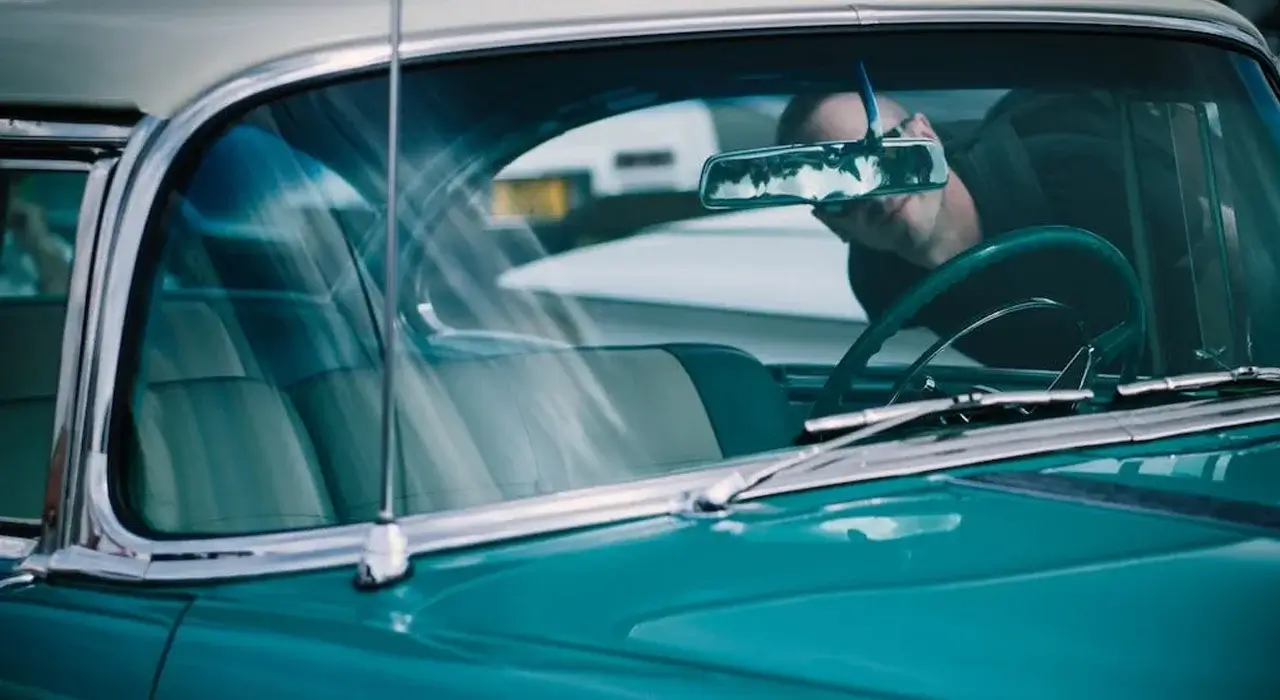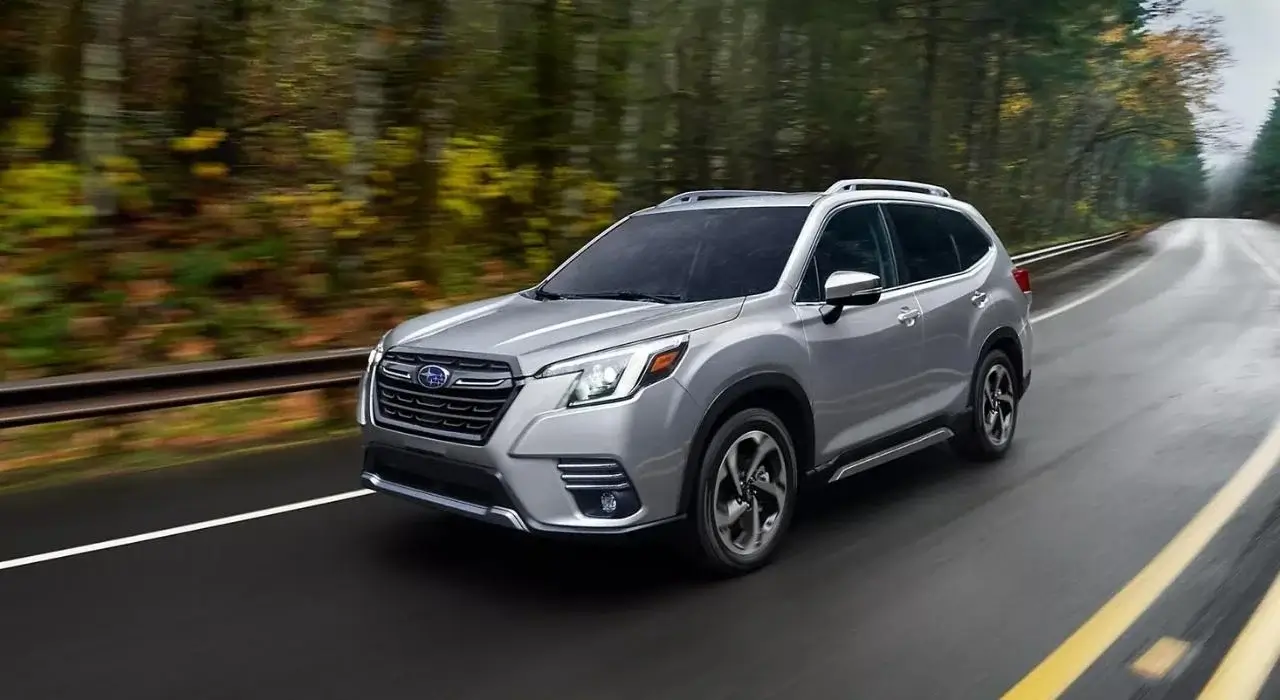Classic cars, with their timeless designs and nostalgic appeal, have an enduring place in the hearts of automotive enthusiasts. Beyond their aesthetic charm, classic cars often carry a unique history of innovation, including groundbreaking safety features in their respective eras.
In this article, we delve into the safety saga of classic cars, celebrating their historical contributions to automotive safety while exploring how modern renditions seamlessly integrate advanced technologies to protect both the past and the future.
Preserving Classic Car Charm
Classic cars evoke a sense of nostalgia and represent a bygone era of automotive craftsmanship. Enthusiasts are drawn to these vehicles for their aesthetic appeal and the craftsmanship and innovation embedded in their design. From the solid steel frames of the mid-20th century to the streamlined curves of the ’60s and ’70s, classic cars carry a timeless allure that resonates with collectors and aficionados.
Safety Innovations in Classic Cars
While it’s true that classic cars may not boast the sophisticated safety features we find in modern vehicles, many of them were equipped with innovations that were ahead of their time. Take, for example, the introduction of seat belts. In the 1950s, manufacturers began offering seat belts as optional extras, and by the 1960s, they became more widely adopted. This early commitment to occupant restraint laid the groundwork for our comprehensive safety systems.
Suggestion: 11 Best Overland Vehicles 2024 – Quick Guide For Off-Road Lovers
Moreover, some classic cars featured impact-absorbing designs and reinforced steel frames, providing a level of structural integrity that often exceeded the safety standards of their time. Though simple by today’s standards, these innovations represented significant strides in enhancing occupant safety.
Modern Safety Integration
Fast forward to the present, and we witness the rebirth of classic cars in the form of modern renditions. Manufacturers are not only preserving the iconic designs that enthusiasts cherish but are also seamlessly integrating advanced safety technologies. These modern classic cars serve as a testament to the industry’s commitment to preserving the past while protecting the future.
Smart sensors and adaptive technologies now complement the classic aesthetics, offering features like lane departure warnings, blind-spot monitoring, and automatic emergency braking. These enhancements work harmoniously with timeless designs, providing an added safety layer without compromising the original models’ essence.
Reimagined Classics: Modern Safety in Timeless Designs
Classic cars are not merely relics of the past; they’re undergoing a renaissance, with manufacturers breathing new life into iconic models while integrating cutting-edge safety technologies. Let’s explore a few notable classic cars and their modern renditions that exemplify this harmonious blend of heritage and safety.
Range Rover Classic: Defining Elegance and Security
The Range Rover Classic, an epitome of luxury and rugged capability, has gracefully transitioned into the modern era without compromising its iconic design. Beyond the plush interiors and powerful engines, the modern Range Rover Classic prioritizes safety with a suite of contemporary features.
Airbags and Crash Protection: The modern iteration of the Range Rover Classic includes multiple airbags strategically placed throughout the cabin, providing enhanced protection in the event of a collision.
Advanced Braking Systems: Anti-lock Braking Systems (ABS) ensure optimal braking performance, allowing drivers to maintain control during emergency stops. This feature significantly enhances the braking systems found in the original model.
Traction and Stability Control: The reintroduced Range Rover Classic boasts advanced traction and stability control systems. These innovations help prevent skidding and loss of control, particularly in challenging driving conditions.
Also Check: 2024 Chevy Impala Review, Price & Released Date
Adaptive Cruise Control: The modern Range Rover Classic features adaptive cruise control for long drives on the open road, automatically adjusting the vehicle’s speed to maintain a safe following distance from the car ahead.
The Range Rover Classic’s modern incarnation demonstrates a meticulous fusion of classic aesthetics with contemporary safety measures, embodying a commitment to both heritage and occupant security.
Ford Mustang: Muscle Meets Modern Safety
The Ford Mustang, an American muscle car legend, has undergone numerous transformations since its debut in the 1960s. Modern renditions of the Mustang not only preserve aggressive styling and high-performance capabilities but also integrate advanced safety features.
Collision Warning and Mitigation: Contemporary Mustang models often feature collision warning systems with automatic emergency braking. These technologies enhance the car’s ability to detect potential collisions and, if necessary, apply the brakes to mitigate the severity of an impact.
Lane Departure Warning: To prevent unintentional lane drifting, some modern Mustangs come equipped with lane departure warning systems, alerting drivers when they unintentionally veer out of their lane without using a turn signal.
Suggestion: How To Clean A Cold Air Intake Filter? – Step By Step Expert Guide
Rearview Cameras: Enhancing visibility and aiding parking maneuvers, rearview cameras have become standard in many modern Mustangs, a stark contrast to the rear visibility challenges often associated with classic muscle cars.
These safety enhancements in the modern Ford Mustang showcase how manufacturers are marrying the exhilaration of muscle car driving with the security measures demanded by contemporary standards.
Volkswagen Beetle: Timeless Charm with Modern Safety
The Volkswagen Beetle, a symbol of whimsical design and cultural impact, has evolved over the decades to stay relevant and safe on the road.
Electronic Stability Control: Modern incarnations of the Beetle often feature electronic stability control, a significant advancement over the original design. This technology helps maintain vehicle stability during abrupt maneuvers or challenging road conditions.
Multiple Airbags: To enhance occupant protection, modern Beetles are equipped with multiple airbags, including front, side, and curtain airbags, offering a comprehensive safety net in the event of a collision.
Rear Traffic Alert: The addition of rear traffic alert systems in some models helps drivers when backing out of parking spaces, providing warnings of approaching traffic from the sides.
The reimagined Volkswagen Beetle continues to capture hearts with its timeless design while ensuring that modern safety considerations are seamlessly integrated into its character.
These examples highlight that, beyond preserving the essence of classic car aesthetics, manufacturers are investing in advanced safety technologies to make these automotive icons symbols of the past and guardians of the road’s future.
As we celebrate the safety saga of classic cars, it’s evident that their contributions to automotive safety have paved the way for the advanced technologies we enjoy in modern vehicles. The marriage of classic charm and contemporary safety in modern classic cars showcases the industry’s commitment to preserving automotive history while embracing the imperative to protect its occupants. Whether cruising down memory lane or navigating the modern streets, these timeless vehicles continue to bridge the gap between the past and the future, embodying the evolution of automotive safety.







